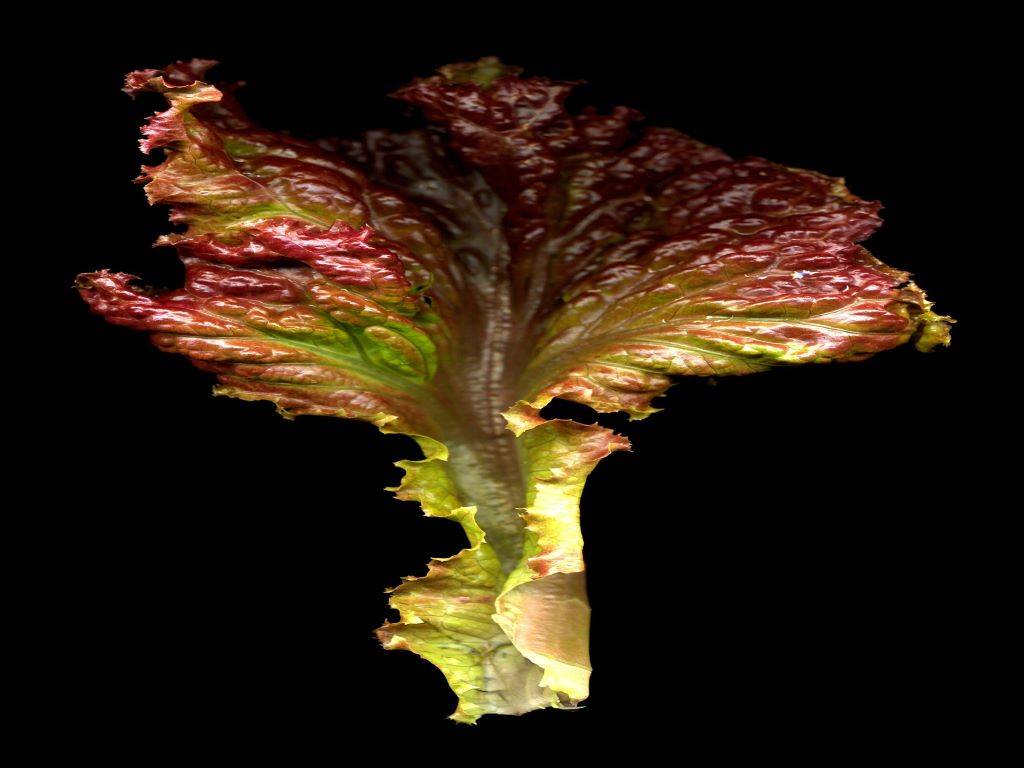
February 2, 2021, was an amazing day for scientists at International Space Station. Michael Hopkins, the NASA astronaut, successfully harvested “Outredgeous” red Romaine lettuce that was grown under the Vegetable Production System inside the International Space Station. The experiment, called VEG-03j, exhibits a novel way of planting, handling, and storing seeds in space.
This is one of the endeavors of NASA with the objective of studying crop growth in space. The ultimate aim is to provide nutrition to astronauts abroad the station. They are usually on long-duration missions. Growing plants abroad the station can easily provide them the necessary nutritious food.
In the previous experiments, researchers at Kennedy Space Center of NASA had planted seeds in small-sized pouches, which were known as plant pillows, when they were on ground. Astronauts used a specially designed seed film that utilizes a water-soluble polymer. The film is like a breath freshener strip. It gives growers more flexibility in crop cultivation in space.
In VEG-03j experiment, astronauts attached seeds to the film. Then, they cut the film into small squares similar to postage stamp size. They packed them separately.
On January 4, Michael Hopkins put the film squares in the wick in plant pillows. He added water to the pillows. This dissolved the film. Later, the seeds germinated.
According to the Space Crop Production Project Scientist, Matt Romeyn, lettuce crop germinated 1-2 days prior to the previous experiments abroad station. Matt is also the science lead for the experiment investigation. He adds that overall crop uniformity and size were among the best that scientists have seen in experiments.
The astronauts will soon send lettuce samples from space to Earth for analyzing them to make sure they are safe for consumption.
NASA is engaged in encouraging sustainable food systems in space through multiple avenues. Its Deep Space Food Challenge is offering prize money to food system designs that promise to give sufficient nutrition to scientists for long space missions. The VEG-03j experiment is sponsored by The Biological and Physical Sciences Division that comes under the Science Mission Directorate of NASA.
















